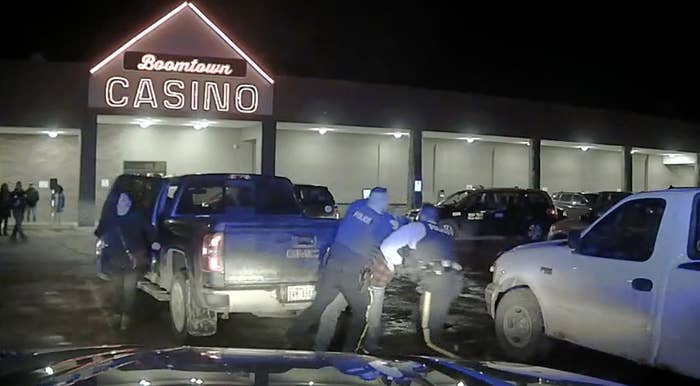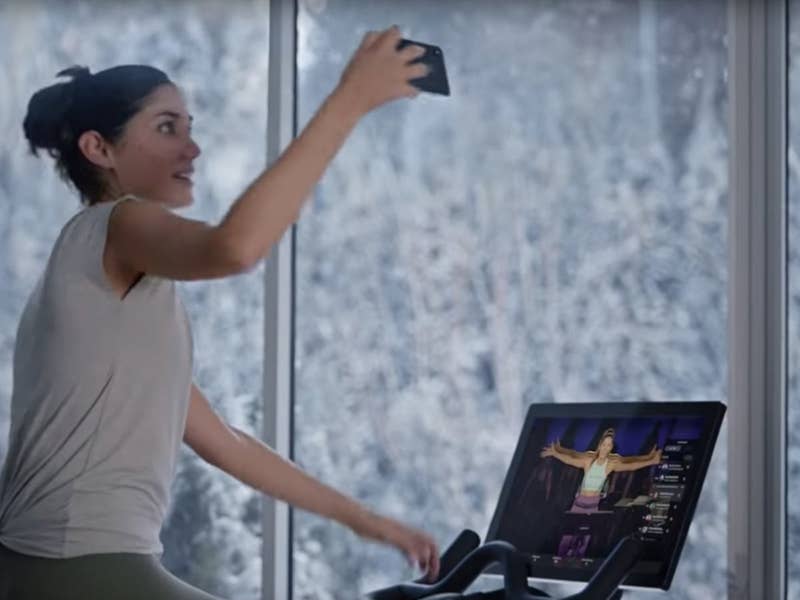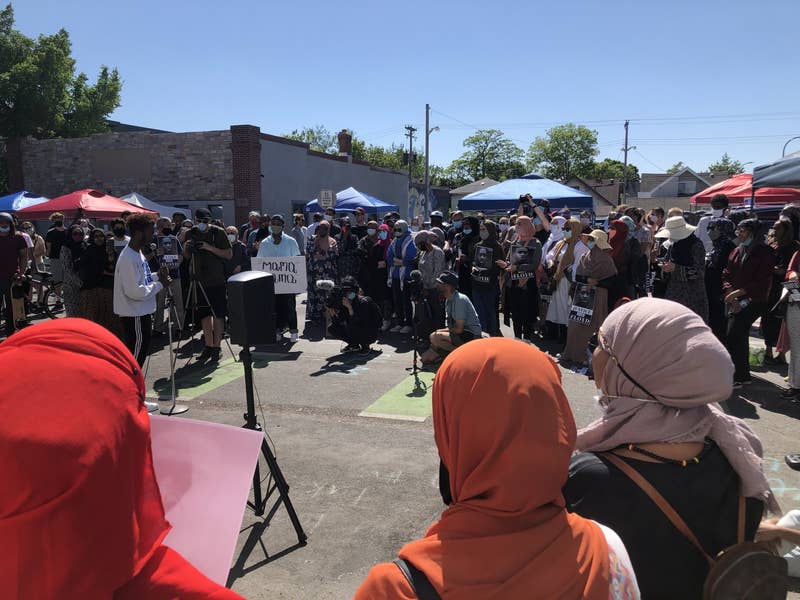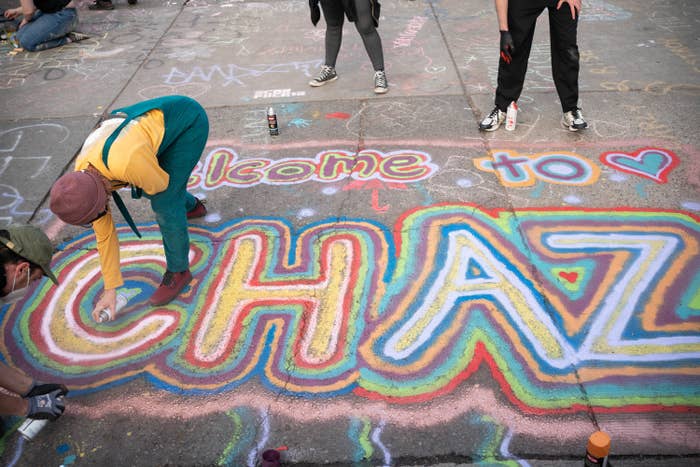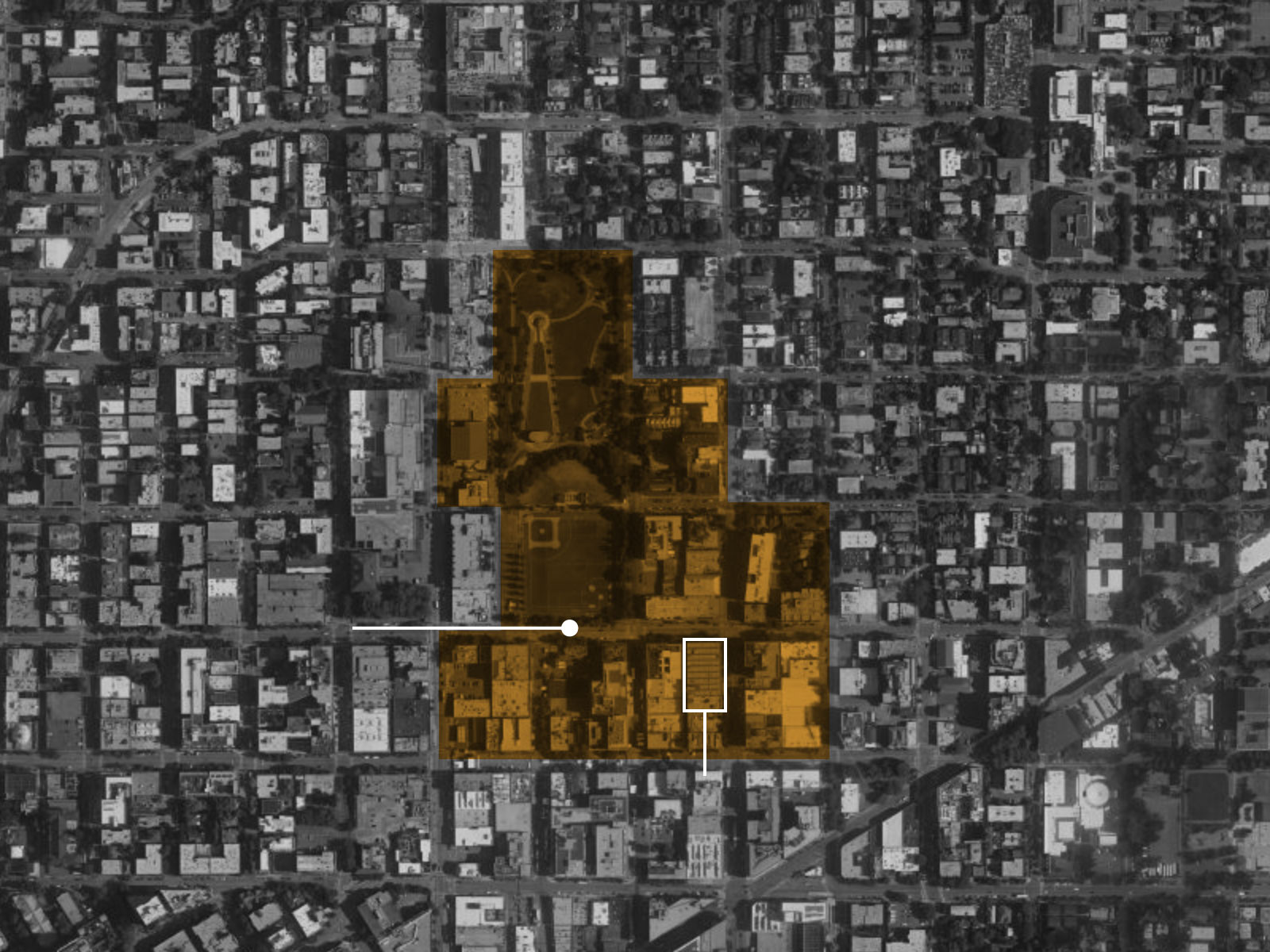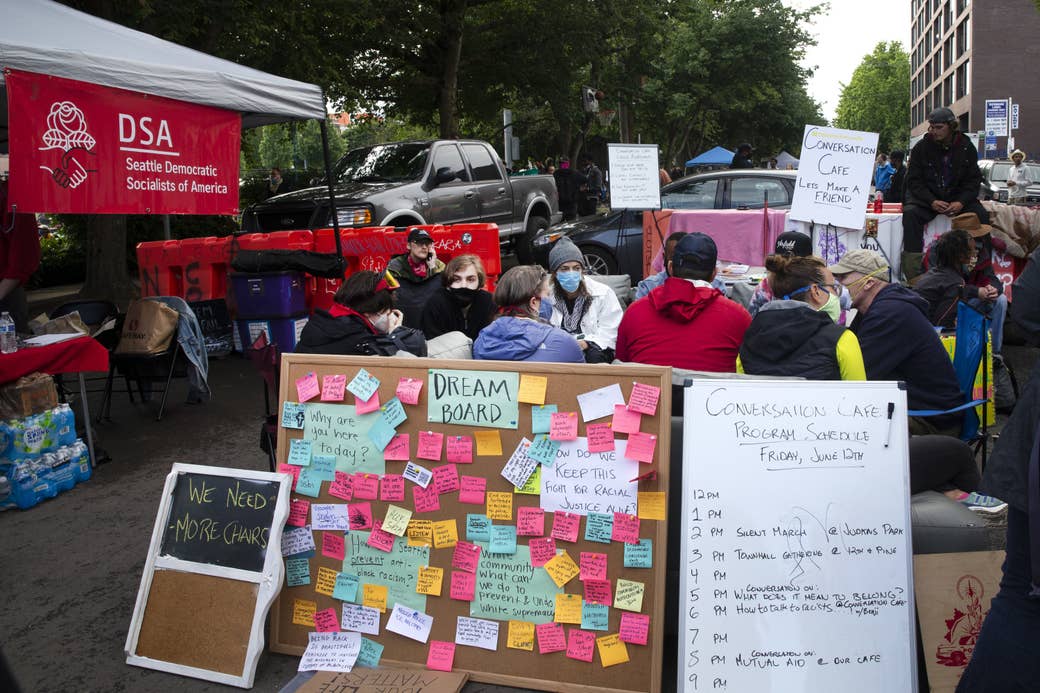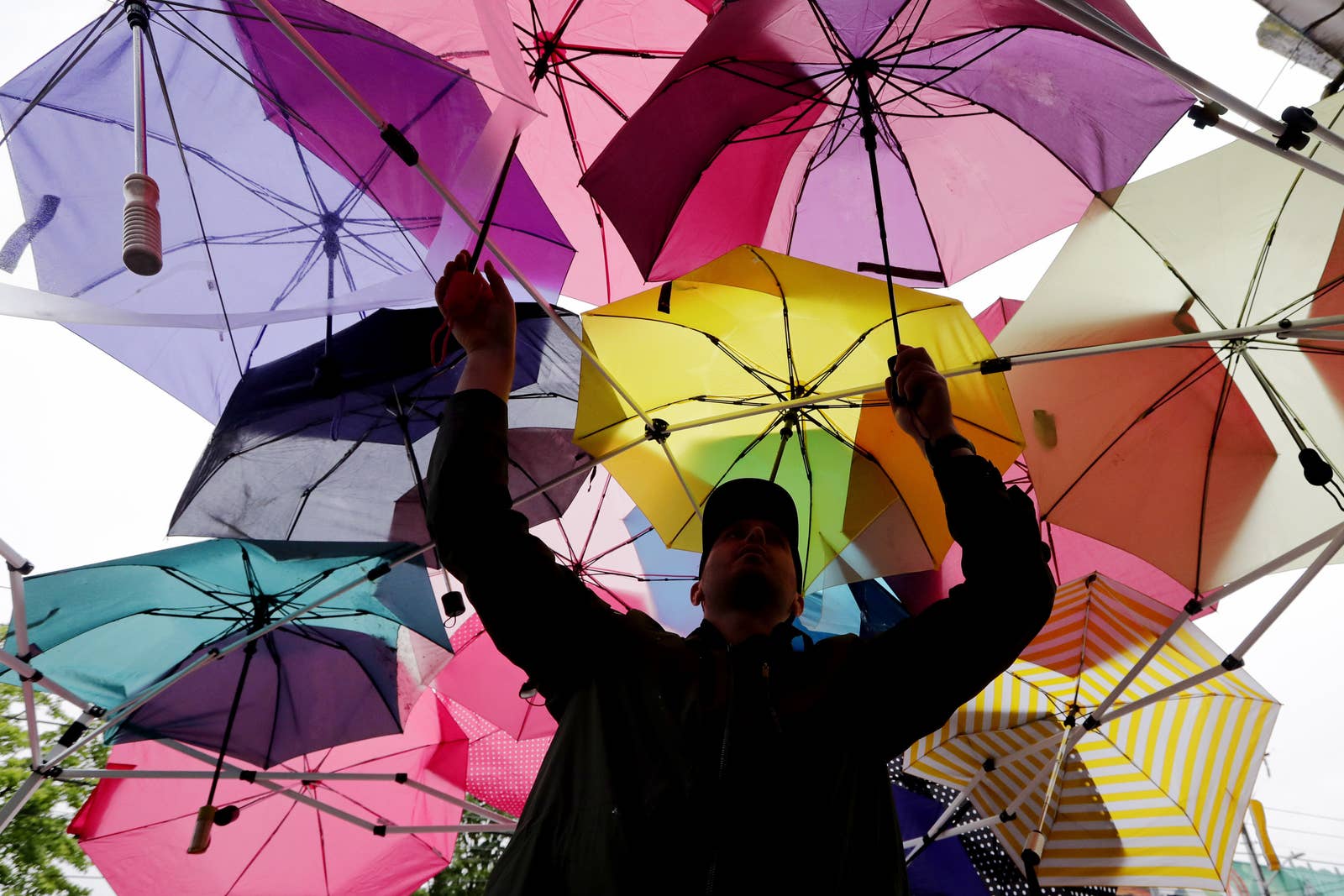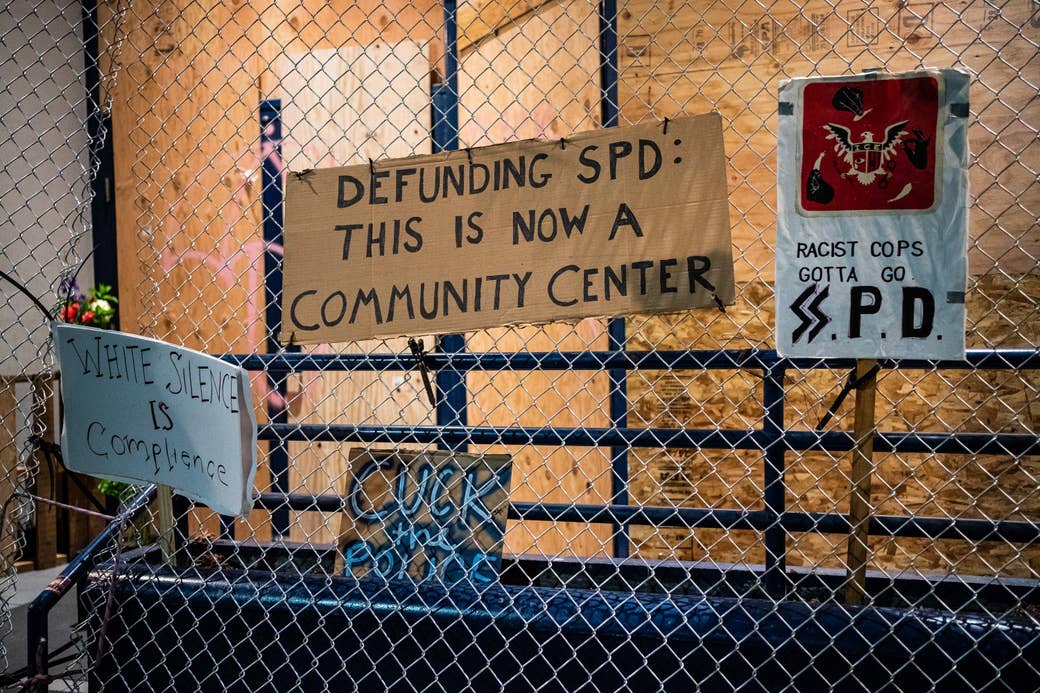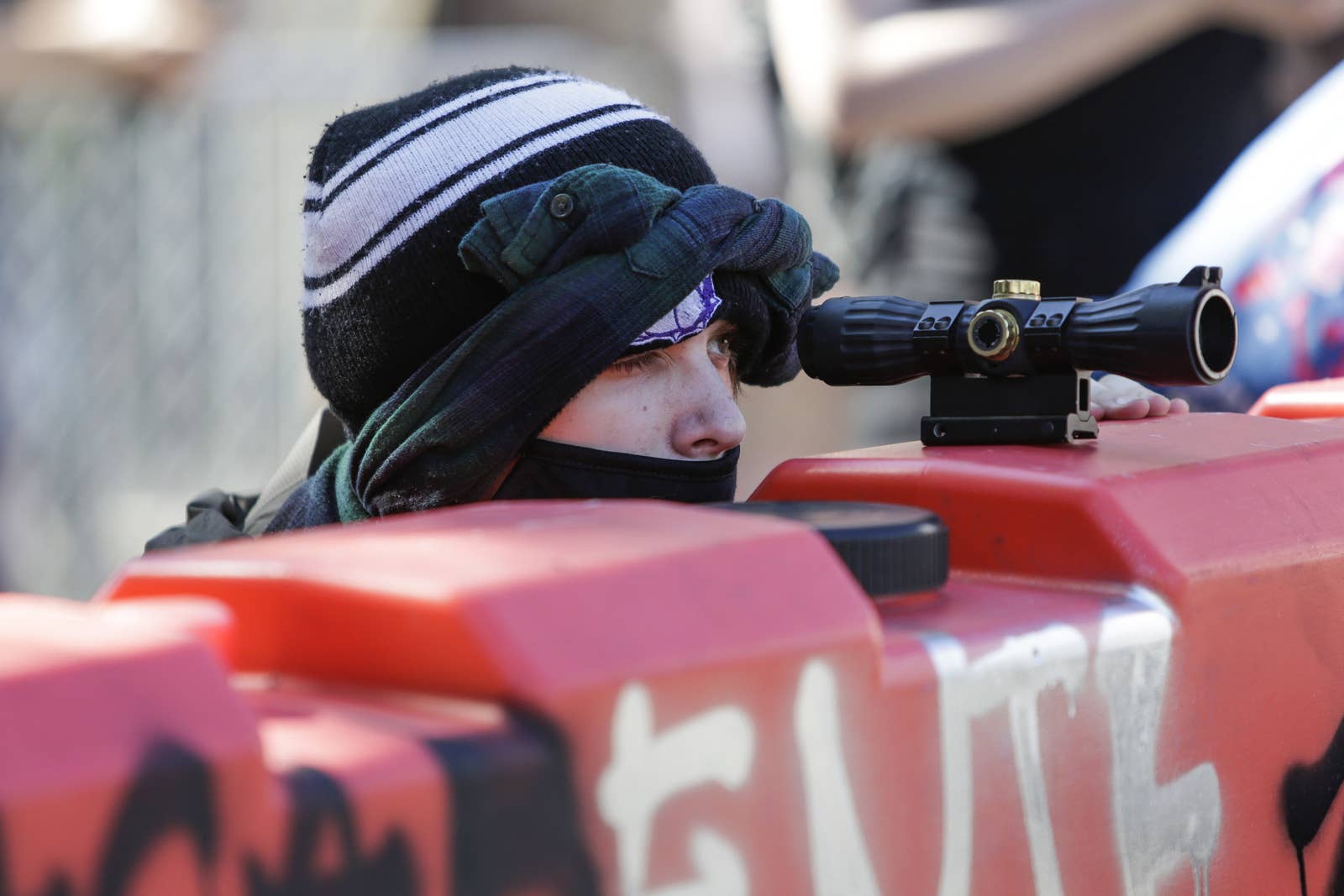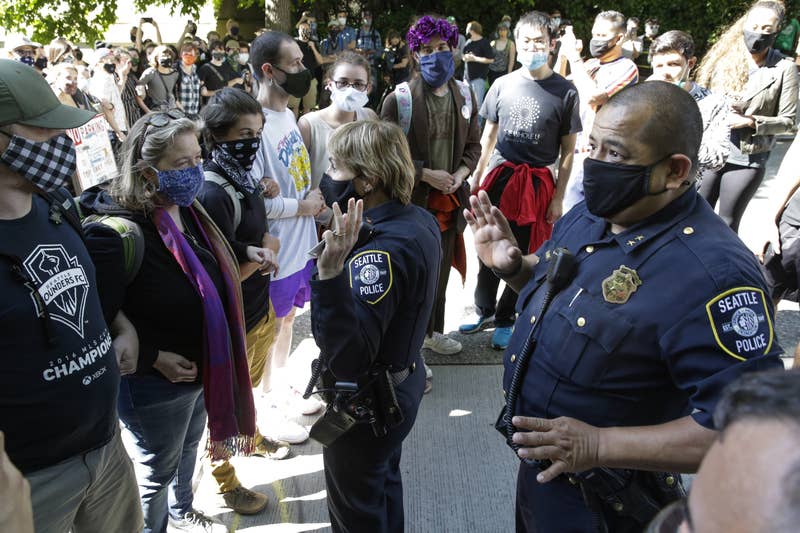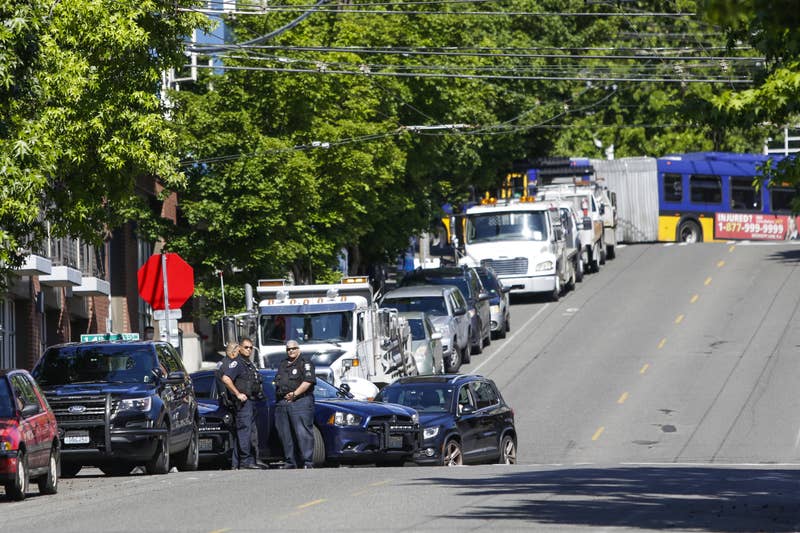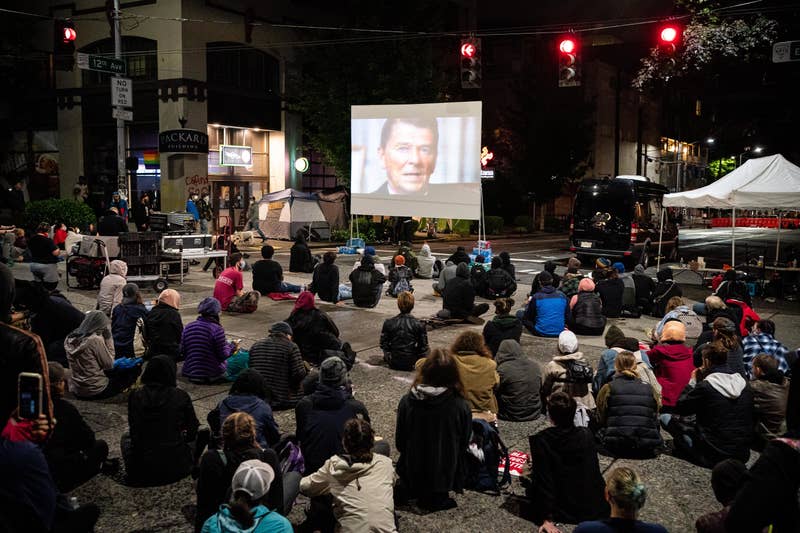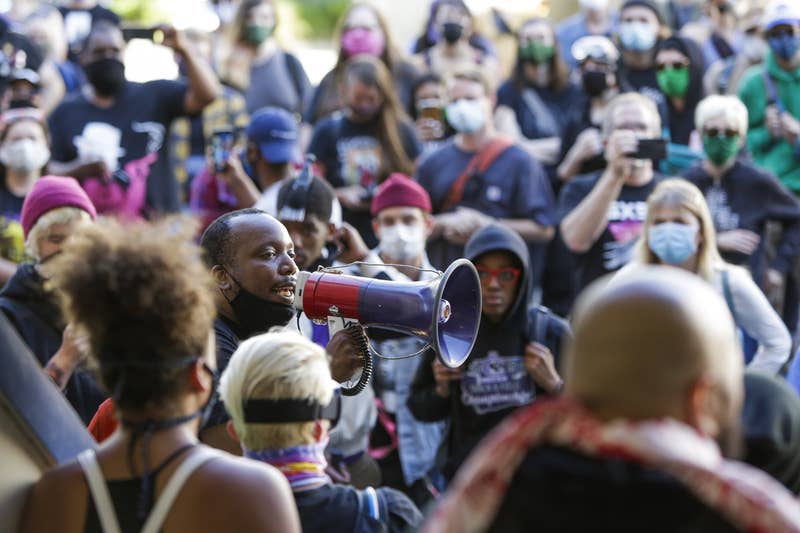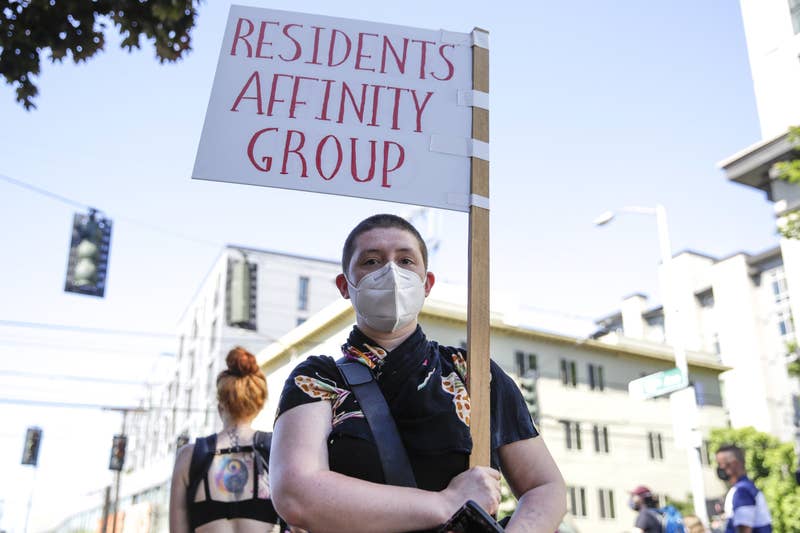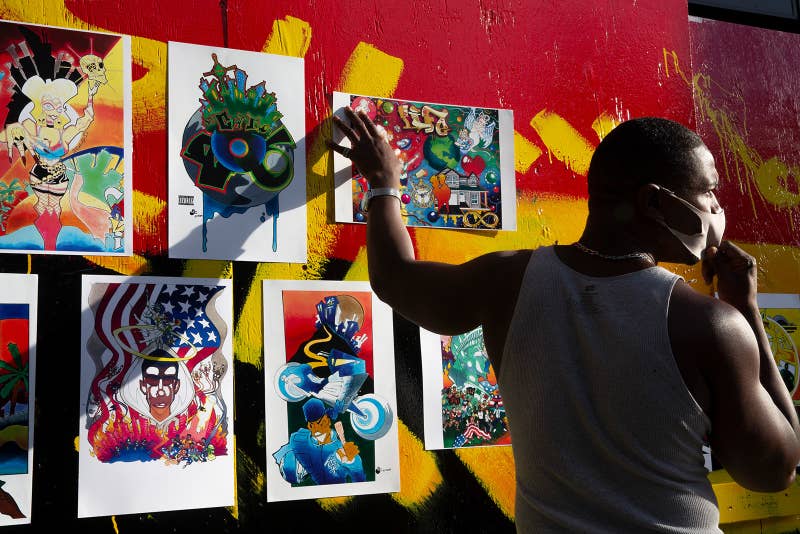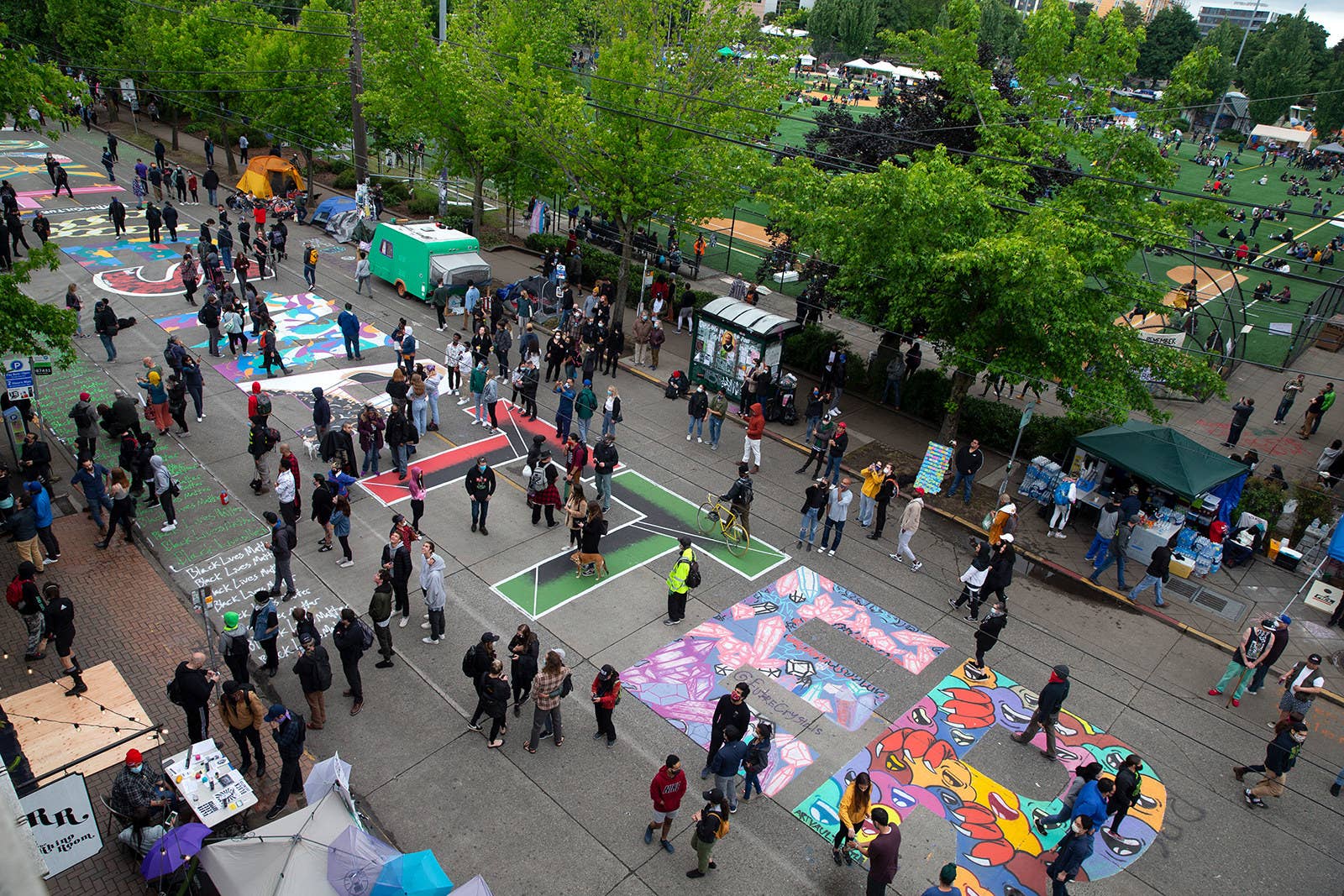Grim blame game over COVID deaths in besieged nursing homes
By RICARDO ALONSO-ZALDIVAR

In this April 17, 2020, file photo, a patient is wheeled into Cobble Hill Health Center by emergency medical workers in the Brooklyn borough of New York. A grim blame game with partisan overtones is breaking out over COVID-19 deaths among nursing home residents, a tiny slice of the population that represents a shockingly high proportion of Americans who have perished in the pandemic. (AP Photo/John Minchillo, File)
WASHINGTON (AP) — A grim blame game with partisan overtones is breaking out over COVID-19 deaths among nursing home residents, a tiny slice of the population that represents a shockingly high proportion of Americans who have perished in the pandemic.
The Trump administration has been pointing to a segment of the industry — facilities with low federal ratings for infection control — and to some Democratic governors who required nursing homes to take recovering coronavirus patients.
Homes that followed federal infection control guidelines were largely able to contain the virus, asserts Seema Verma, head of the Centers for Medicare and Medicaid Services, or CMS, which sets standards and pays the bills. “Trying to finger-point and blame the federal government is absolutely ridiculous,” she says.
Verma says data collected by her agency suggest a connection between low ratings on safety inspections and COVID-19 outbreaks. But several academic researchers say their own work has found no such link.
Advocates for the elderly say the federal government hasn’t provided needed virus testing and sufficient protective gear to allow nursing homes to operate safely. A White House directive to test all residents and staff has been met with an uneven response.
“The lack of federal coordination certainly has impeded facilities’ ability to identify infected persons and to provide care,” Eric Carlson, a long-term care expert with the advocacy group Justice in Aging, told lawmakers. “That absence remains important as facilities are attempting to open up, which requires an extensive reliance on testing.”
Democrats are critical of the Trump administration response.
“We need action,” says Sen. Bob Casey, D-Pa. “We need a plan from CMS and we need resources to stop the spread of COVID-19 in nursing homes.”
Nationwide, more than 45,500 residents and staff have died from coronavirus outbreaks at nursing homes and other long-term care facilities, according to a running count by The Associated Press. That’s about 40% of more than 115,000 total deaths. Nursing home residents are less than 1% of the U.S. population.
It’s a sensitive election-year issue for President Donald Trump, who’s trying to hang on to support from older voters. A recent CNN poll found that 54% of adults 65 and older said they disapproved of how Trump is handling his job as president, while 44% approved.
With more coronavirus legislation possible this year, congressional Democrats are pressing for a national testing plan and additional resources for nursing homes. Republicans are mainly seconding the administration’s arguments.
During a recent briefing for lawmakers, Rep. Steve Scalise of Louisiana, the No. 2 House Republican, blamed New York Democratic Gov. Andrew Cuomo for the high numbers of deaths in his state. A since-rescinded state directive that nursing homes had to accept recovering coronavirus patients “ended up being a death sentence” in New York and several states with similar policies, Scalise said.
Scalise echoed earlier, less forceful, comments from CMS head Verma, who has said such state orders were “not appropriate” and “may have contributed to this issue as well.”
But Harvard researcher David Grabowski, who serves on a nonpartisan commission advising Congress about Medicare, says neither state policies, nor “bad apples” among nursing homes, have driven the outbreak.
Instead, Grabowski says it’s simpler: Because the virus can be spread by people who show no symptoms, that means if it’s already in a community, the staff can unwittingly bring it into the nursing home. Once inside it easily spreads among frail residents living in close quarters.
“The secret weapon behind COVID is that is spreads in the absence of any symptoms,” Grabowski told lawmakers at a recent briefing. “If COVID is in a community where staff lives, it is soon to be in the facility where they work.”
He proposed a federal effort to regularly test nursing home staff and residents, along with greater supplies of masks, gowns and other protective gear.
“The federal government needs to own this issue,” said Grabowski.
He said his own research, along with studies by experts at Brown University and the University of Chicago did not find a relationship between facilities with low federal ratings and COVID-19 outbreaks.
CMS head Verma said her agency has been on top of things from the beginning, issuing numerous safety guidelines for nursing homes, setting new coronavirus reporting requirements, and providing Medicare payment for testing residents. She says states have money from the federal government that they can use to support testing of nursing home staff.
The nursing home industry says just one-time testing for every resident and staffer would cost $440 million, and facilities struggling financially would not be able to bear the expense of regular staff testing.
Rep. James Clyburn of South Carolina, the third-ranking House Democrat and chairman of a special panel on the pandemic, says the crisis in nursing homes should not be a partisan issue.
“Nursing home residents have died from the coronavirus in states governed by Republicans and Democrats, in big cities and in small towns, in rural and urban communities,” Clyburn said.
Appearing before Clyburn’s committee last week, Alison Lolley of Monroe, Louisiana., told of losing her 81-year-old mother, Cheryl, to COVID-19 in a nursing home outbreak this spring. The family was not allowed to be with her.
“My family was robbed,” Lolley said. “Mama was trapped in a petri dish, and we were shut out. Mama died alone and our family will forever be scarred by this tragedy.”
___
AP investigative researcher Randy Herschaft in New York contributed to this report.
By RICARDO ALONSO-ZALDIVAR

In this April 17, 2020, file photo, a patient is wheeled into Cobble Hill Health Center by emergency medical workers in the Brooklyn borough of New York. A grim blame game with partisan overtones is breaking out over COVID-19 deaths among nursing home residents, a tiny slice of the population that represents a shockingly high proportion of Americans who have perished in the pandemic. (AP Photo/John Minchillo, File)
WASHINGTON (AP) — A grim blame game with partisan overtones is breaking out over COVID-19 deaths among nursing home residents, a tiny slice of the population that represents a shockingly high proportion of Americans who have perished in the pandemic.
The Trump administration has been pointing to a segment of the industry — facilities with low federal ratings for infection control — and to some Democratic governors who required nursing homes to take recovering coronavirus patients.
Homes that followed federal infection control guidelines were largely able to contain the virus, asserts Seema Verma, head of the Centers for Medicare and Medicaid Services, or CMS, which sets standards and pays the bills. “Trying to finger-point and blame the federal government is absolutely ridiculous,” she says.
Verma says data collected by her agency suggest a connection between low ratings on safety inspections and COVID-19 outbreaks. But several academic researchers say their own work has found no such link.
Advocates for the elderly say the federal government hasn’t provided needed virus testing and sufficient protective gear to allow nursing homes to operate safely. A White House directive to test all residents and staff has been met with an uneven response.
“The lack of federal coordination certainly has impeded facilities’ ability to identify infected persons and to provide care,” Eric Carlson, a long-term care expert with the advocacy group Justice in Aging, told lawmakers. “That absence remains important as facilities are attempting to open up, which requires an extensive reliance on testing.”
Democrats are critical of the Trump administration response.
“We need action,” says Sen. Bob Casey, D-Pa. “We need a plan from CMS and we need resources to stop the spread of COVID-19 in nursing homes.”
Nationwide, more than 45,500 residents and staff have died from coronavirus outbreaks at nursing homes and other long-term care facilities, according to a running count by The Associated Press. That’s about 40% of more than 115,000 total deaths. Nursing home residents are less than 1% of the U.S. population.
It’s a sensitive election-year issue for President Donald Trump, who’s trying to hang on to support from older voters. A recent CNN poll found that 54% of adults 65 and older said they disapproved of how Trump is handling his job as president, while 44% approved.
With more coronavirus legislation possible this year, congressional Democrats are pressing for a national testing plan and additional resources for nursing homes. Republicans are mainly seconding the administration’s arguments.
During a recent briefing for lawmakers, Rep. Steve Scalise of Louisiana, the No. 2 House Republican, blamed New York Democratic Gov. Andrew Cuomo for the high numbers of deaths in his state. A since-rescinded state directive that nursing homes had to accept recovering coronavirus patients “ended up being a death sentence” in New York and several states with similar policies, Scalise said.
Scalise echoed earlier, less forceful, comments from CMS head Verma, who has said such state orders were “not appropriate” and “may have contributed to this issue as well.”
But Harvard researcher David Grabowski, who serves on a nonpartisan commission advising Congress about Medicare, says neither state policies, nor “bad apples” among nursing homes, have driven the outbreak.
Instead, Grabowski says it’s simpler: Because the virus can be spread by people who show no symptoms, that means if it’s already in a community, the staff can unwittingly bring it into the nursing home. Once inside it easily spreads among frail residents living in close quarters.
“The secret weapon behind COVID is that is spreads in the absence of any symptoms,” Grabowski told lawmakers at a recent briefing. “If COVID is in a community where staff lives, it is soon to be in the facility where they work.”
He proposed a federal effort to regularly test nursing home staff and residents, along with greater supplies of masks, gowns and other protective gear.
“The federal government needs to own this issue,” said Grabowski.
He said his own research, along with studies by experts at Brown University and the University of Chicago did not find a relationship between facilities with low federal ratings and COVID-19 outbreaks.
CMS head Verma said her agency has been on top of things from the beginning, issuing numerous safety guidelines for nursing homes, setting new coronavirus reporting requirements, and providing Medicare payment for testing residents. She says states have money from the federal government that they can use to support testing of nursing home staff.
The nursing home industry says just one-time testing for every resident and staffer would cost $440 million, and facilities struggling financially would not be able to bear the expense of regular staff testing.
Rep. James Clyburn of South Carolina, the third-ranking House Democrat and chairman of a special panel on the pandemic, says the crisis in nursing homes should not be a partisan issue.
“Nursing home residents have died from the coronavirus in states governed by Republicans and Democrats, in big cities and in small towns, in rural and urban communities,” Clyburn said.
Appearing before Clyburn’s committee last week, Alison Lolley of Monroe, Louisiana., told of losing her 81-year-old mother, Cheryl, to COVID-19 in a nursing home outbreak this spring. The family was not allowed to be with her.
“My family was robbed,” Lolley said. “Mama was trapped in a petri dish, and we were shut out. Mama died alone and our family will forever be scarred by this tragedy.”
___
AP investigative researcher Randy Herschaft in New York contributed to this report.




